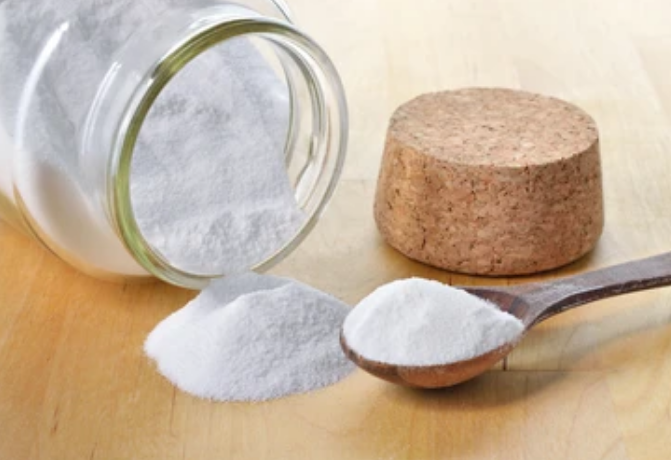Baking soda, also known as sodium bicarbonate, is a common leavening agent used in baking. When combined with an acid (such as vinegar, lemon juice, buttermilk, or yogurt) and moisture, baking soda produces carbon dioxide gas bubbles, which help baked goods rise and become light and fluffy.
In bread baking, baking soda is particularly useful in recipes that call for acidic ingredients like sourdough starter, yogurt, or buttermilk. When mixed with these acidic components, baking soda reacts to produce carbon dioxide gas, which helps the bread dough rise. This reaction is especially important in quick breads like banana bread, where there is no time for yeast to ferment and create carbon dioxide naturally.
In cakes, baking soda is often used in conjunction with baking powder to help cakes rise and achieve a tender crumb. Baking soda can neutralize the acidity in recipes that contain ingredients like cocoa powder, honey, molasses, or brown sugar, allowing the baking powder to do its job of providing additional leavening.

It’s important to note that baking soda should be used in the right amounts in recipes to avoid an unpleasant metallic taste. It’s also crucial to bake your bread or cake soon after mixing the batter to ensure the effectiveness of the leavening agents.
Overall, baking soda plays a crucial role in baking by helping bread and cakes rise, resulting in delicious baked goods with a light and airy texture.

